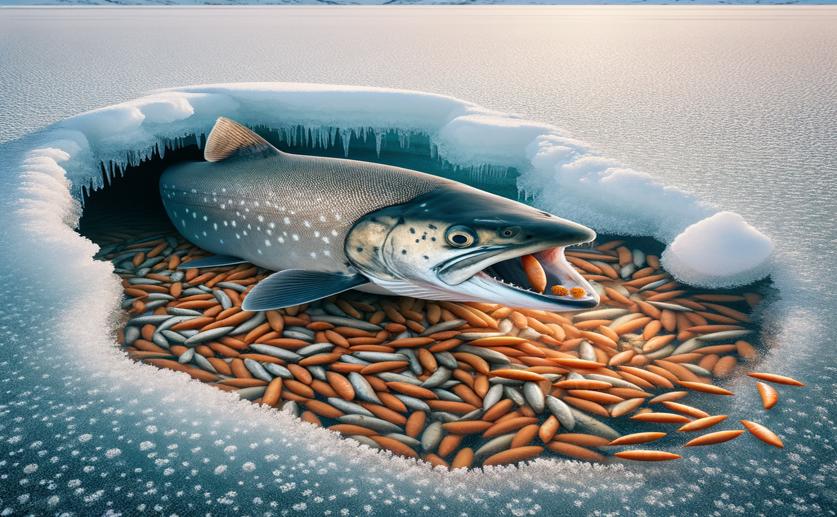
Surprising but Crucial Food Source for Arctic Charr in a Remote Lake
Jim Crocker
27th May, 2024

Image Source: Natural Science News, 2024
Key Findings
- The study by the Norwegian Institute for Nature Research (NINA) discovered the mysid species Mysis segerstralei in Lake Pulmankijärvi, a rare find in Western European freshwater lakes
- Mysis segerstralei was found to be a significant prey item for Arctic charr in Lake Vårfluesjøen, highlighting its role in the lake's food web
- The presence of Mysis segerstralei in Arctic charr diets underscores the species' adaptability and ecological importance in Arctic lake ecosystems
EcologyAnimal ScienceMarine Biology
References
Main Study
1) Mysis segerstralei, an unexpected but important prey for resident Arctic charr (Salvelinus alpinus) in a Svalbard lake
Published 26th May, 2024
https://doi.org/10.1007/s00300-024-03261-w
Related Studies
2) Phylogeographic analyses of a circumarctic coastal and a boreal lacustrine mysid crustacean, and evidence of fast postglacial mtDNA rates.
Journal: Molecular ecology, Issue: Vol 15, Issue 11, Oct 2006
3) Natural resilience in Arctic charr Salvelinus alpinus: life history, spatial and dietary alterations along gradients of interspecific interactions.
4) Lake size and fish diversity determine resource use and trophic position of a top predator in high-latitude lakes.



 19th April, 2024 | Greg Howard
19th April, 2024 | Greg Howard